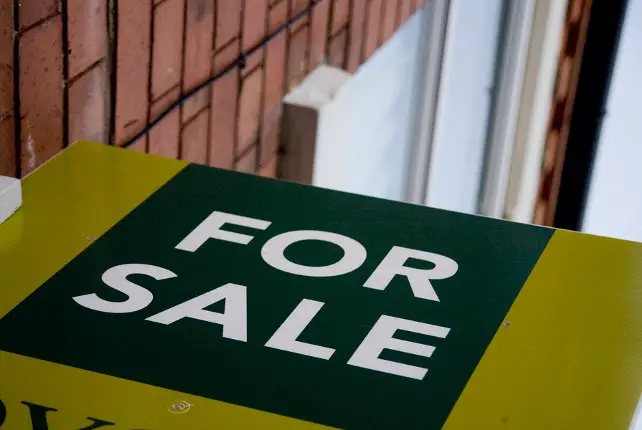By Joseph Hook and Ralph Blackburn Ed
House prices on the Isle of Wight increased by 1.4% in July 2018, contributing to a 5.3% rise over the last 12 months.
The latest data from the Office of National Statistics shows that the average property in the area sold for £216,171 – below the UK average of £231,422.
Average Isle of Wight rise over five years
The average homeowner on the Isle of Wight will have seen their property jump in value by around £40,000 in the last five years.
The figures also showed that buyers who made their first step onto the property ladder on the Isle of Wight in July spent an average of £175,758 – around £32,000 more than it would have cost them five years ago.
Sales up 5%
Between May last year and April this year, the most recent 12 months for which sales volume data is available, 3,060 homes were sold on the Isle of Wight, 5% more than in the previous year.
The highest house prices in the country in July were found in Kensington and Chelsea, London, where properties sold for an average of £1.42 million – 17 times the cost of a home in Blaenau Gwent, where the average property cost just £82,298.
South East underperformed
Across the South East, property prices have risen by 1.8% in the last year, to £327,002. The region underperformed compared to the UK as whole, which saw the average property value increase by 3.1%.
The data comes from the House Price Index, which the ONS compiles using house sale information from the Land Registry, and the equivalent bodies in Scotland and Northern Ireland.
Areas affect by Brexit
Lawrence Bowles, associate director of the research team at estate agents Savills, said the slowing national house price growth reflected a “stricter lending environment”.
He explained,
“People are also waiting until we have got a clear idea on what Brexit means, before they make a big financial decision like buying a house.”
“Reverse ripple effect”
Mr Bowles said the uncertainty was affecting the capital the most, as it was the most international city in the UK.
He continued:
“We are also starting to see a reverse ripple effect, which originally only hit London, but now house prices in the South East and East of England are slowing as well.
“As house prices in London rose out of reach of many buyers, they looked out to the South East and East where they could get more house for their money.
“Now, house price affordability in those regions has also become stretched.”
Fastest growing region
Mr Bowles said this had caused buyers to stop commuting to London, and look further afield.
“The North West was the fastest growing region in July, recording 5.6% house price inflation. That’s driven by strong growth in cities such as Manchester and Liverpool.
“The South West, West Midlands, Wales, Yorkshire, and Scotland also outperformed the UK average.”
Article shared by Data Reporter as part of OnTheWight’s collaboration with Press Association and Urbs Media
Image: digallagher under CC BY 2.0





